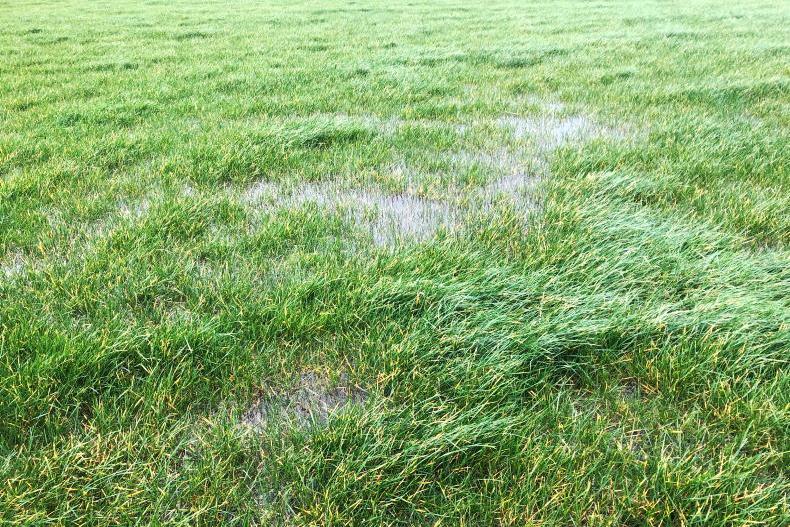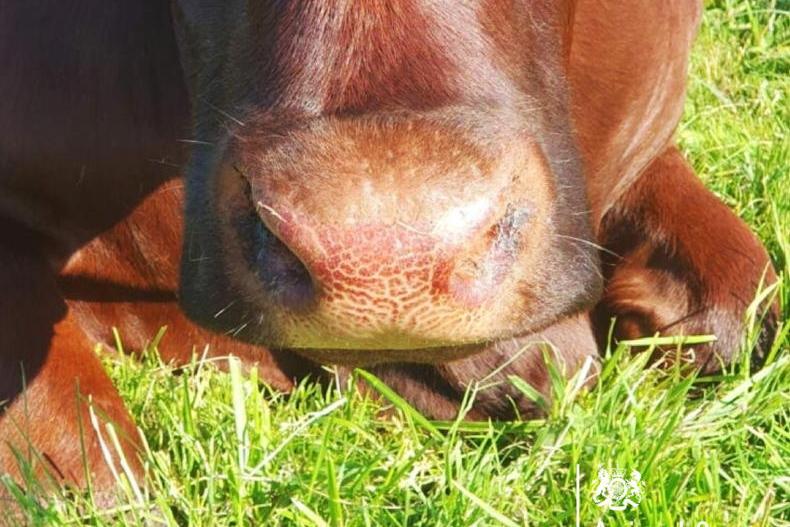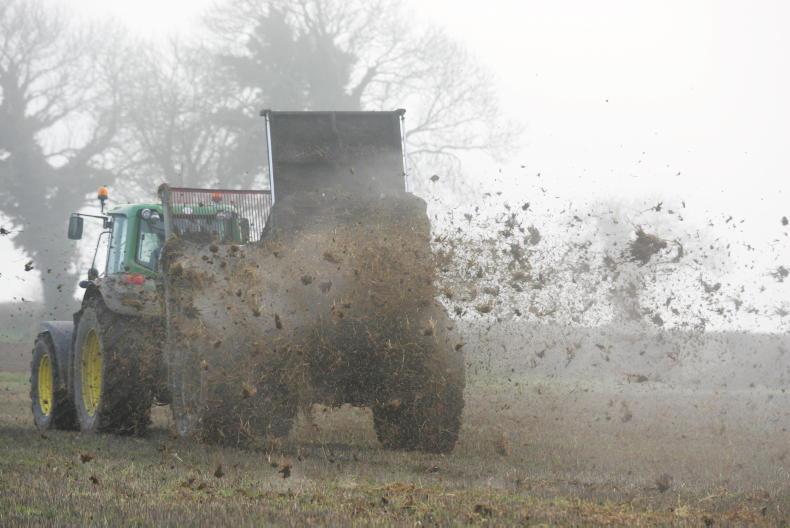They say that when it snows, it rains twice, as snowfall wets the ground and when it melts, it wets the ground again.
The aftermath of a snowfall is one of the worst things a grazing farmer can deal with. At least when it rains, the land will start drying when the rain stops, but that’s not the case with snow.
To be fair, most of the country didn’t get too much snow, but any amount is enough to wet land. The net result is that cows were housed on nearly all farms on Thursday and into Friday.
Mixed weather a challenge
While drying conditions improved on Friday, the weather continues to be very mixed and this is posing a challenge. A share of herds haven’t seen grass yet this year due to heavy soils and wet weather.
When cows are housed, you should feed the best silage available to the milking cows. Make sure they have access to fresh and clean water and a clean, dry bed. This is difficult to achieve where topless cubicles are being used.
Walk your fields to know when it is OK to let cows out again
The key thing is to watch the forecast and walk your fields to know when it is OK to let cows out again. Small opportunities are worth grabbing.
The worst thing you can do now is to prolong the period where cows are housed and miss out on feeding excellent-quality grass.
Build an appetite
Before letting cows out to grass, they should be kept away from silage for at least four or five hours to build up an appetite.
Where cows have no choice but to be housed, keep a close eye on body condition score, as this can be stripped so easily at this time of year.
Putting thin cows on once-a-day milking will help them to retain their body condition score and reduce the effects of negative energy balance.
It’s important not to get too downhearted about the weather, because it always changes. Hopefully March will be a better month for grazing.










SHARING OPTIONS